
The thing about being the most successful business in an industry is that you’re constantly criticized. Onlookers observe any number of things that your competitors do differently, and they lament your unwillingness to follow suit. What’s weird about this behavior is that nobody becomes the leader in a large industry by accident. To the contrary, corporations claw their way up through grit, determination, and quality leadership.
In the theme park oligopoly, critics get something extremely wrong. They frequently assail Disney for not mimicking less successful competitors. My goal here is to flip that assumption on its head. After all, Disney’s better, and they’ve got the park traffic and revenue to prove it. The more interesting discussion to me is what Universal Studios, Disney’s most ballyhooed competitor, should do better.
I see the difference between the two organizations as significant and feel like Universal is falling behind rather than catching up. Here are several things Universal should learn from Disney.
Theming
Image: DisneyDisney-built theme parks are the gold standard in theming. I’m not saying anything provocative or controversial here. When Walt Disney constructed the Happiest Place on Earth, he had a single purpose. He wanted to build a family-friendly environment where parents could spend hours entertaining their children. His ace in the hole for his new development was the Disney library.
Uncle Walt proudly displayed his characters everywhere at the park in the earliest days. Several of the opening day attractions, ones still in operation today, highlighted Disney films. Snow White’s Scary Adventures, Peter Pan’s Flight, and Mr. Toad’s Wild Ride all denoted the filmmaker’s pride in his stories. In the 65 years that have followed, Disney has maintained excellence in the realm of theming.
Image: DisneyFor Universal, the light didn’t seem to go on until The Wizarding World of Harry Potter arrived. That was in 2009. Sure, some individual rides such as E.T. Adventure and The Amazing Adventures of Spider-Man featured impeccable theming, but they were the exceptions, not the rule. Ten years after the Potterverse arrived in Orlando, Universal’s attempts at theming remain mediocre at best.
The main non-Potter highlight is Springfield, the fictional town from The Simpsons, and its success owes as much to the show as anything else. Universal didn't have to do anything complicated to bring Springfield to life. They just had to build a Moe's Tavern and Krusty Burger and Kwik-E-Mart. Matt Groening’s team had done all the homework for Universal Studios.
Image: DisneyBeyond that, I mean, we have a Minions ride and a Transformers ride and a Jimmy Fallon ride (for some reason). What is the underlying theming, though? Universal fails so completely in this field that they once built a Shrek attraction that somehow ended up seeming like a cheap knock-off of Mickey’s PhilharMagic. I don’t even know how that’s possible, an ogre imitating a mouse. But it perfectly embodies Universal’s continued weakness with theming. They have high-quality intellectual properties. They just don’t seem to know what to do with them.
Ride variance
Image: DisneyThis is the gimme of the conversation. Quick, close your eyes and think about the various attractions at Universal Studios. What jumped in your head? Was it the motion simulator, The Simpsons Ride? Or was it the motion simulator, Transformers: The Ride 3D. Since I just mentioned The Amazing Adventures of Spider-Man, you may have thought of that particular…motion simulator.
Look, ride design at Universal Studios is an easy target. Park operators know that motion simulators check a lot of boxes. They require little space for their ride buildings, they are reasonably easy to maintain, and they’re cheap to construct. For example, The Simpsons Ride cost only $30 million.
Generally speaking, Universal Studios hasn’t pushed the boundaries of theme park technology in recent years, because they haven’t had to do so. They’re perfectly comfortable building these cost-controlled, lowest common denominator attractions. In other words, they’re fine with being safe.
Image: DisneyContrast this style with Disney, which has Pandora – The World of Avatar and Star Wars: Galaxy’s Edge on its recent resume. At Universal, they have built what feels like seventeen different versions of Star Tours. Even the primary Harry Potter attractions fall into this category, at least somewhat. Imagine if Disney settled like that.
Instead, Imagineers would rather explore the laws of physics with Slinky Dog Dash, bring the fictional realm of Arendelle to life with Frozen Ever After, and augment reality with Avatar Flight of Passage. And that Pandora ride, even as a motion simulator of sorts, somehow elevates the genre in thrilling new ways. Disney pushes boundaries. Universal needs to stop running to the middle and show some courage when designing attractions.
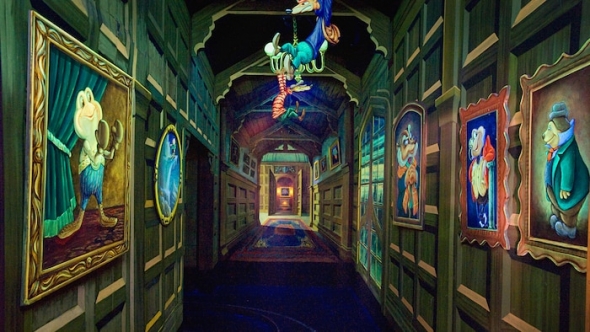
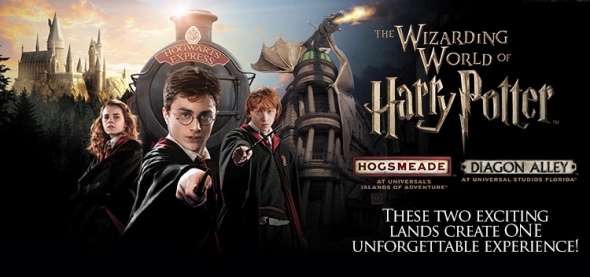
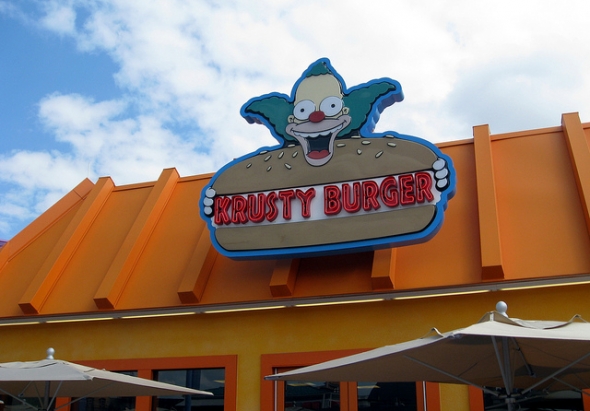
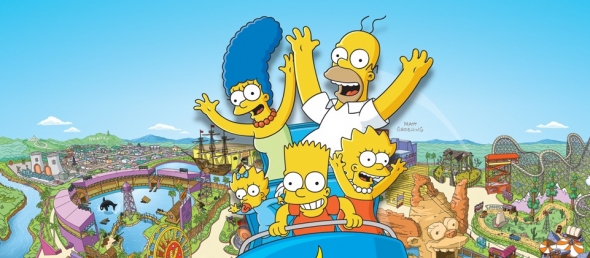
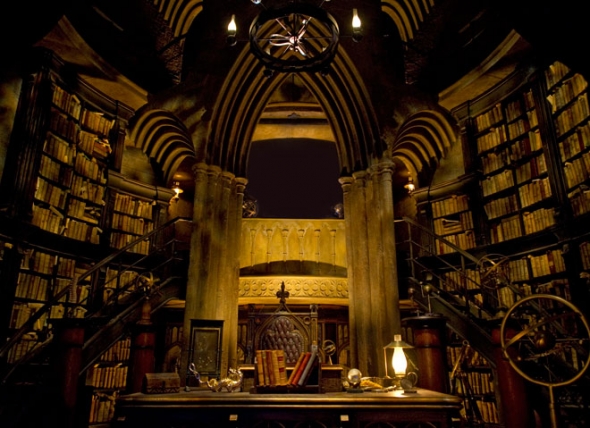

Add new comment